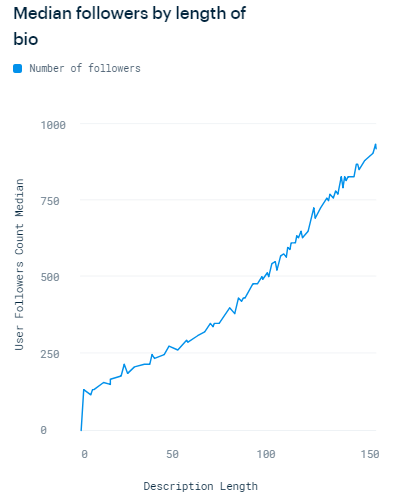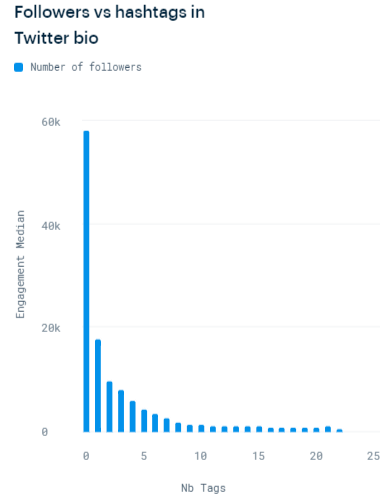A tweet with a hashtag reveals in 'Twitter analysis report' that 'you can not get favorable response'

The "hashtag" which is often used on Twitter is widely used in the planning of various media and the promotion of events because it can easily search posts with the same hashtag. Mention which analyzes SNS etc. conducted investigation and it turned out that "Tweet with hash tag" did not receive much favorable response from user.
The Twitter Engagement Report 2018 | Mention
https://mention.com/en/reports/twitter/
In the analysis report created by examining more than 700 million tweets by Mention, the sum of "like", "reply" and "number of retweets" is shown as "an index indicating that the user was interested in tweets" We use an engagement rate which divides "engagement number" and its value by the number of times of display of tweets.
The following shows the average engagement rate per one tweet. In the survey of Mention, the engagement rate per tweet is 1695.62 on average and the median value is 0.5. From this result, most tweets do not get great attention, but we can see that we are getting very high interest on some tweets.

And the following graph examines what tweets tend to attract users' attention. The vertical axis shows the average engagement rate and the horizontal axis shows the type of tweet, showing "tweets using pictorial characters" from the left, "tweet using user tag", "tweet with hash tag", "tweet with only letters" I will. If you look at this graph, you can see that the tweet using the hashtag has a clearly lower engagement rate than the others.

The graph below shows how users' interest decreases depending on the number of hash tags. The vertical axis of the graph shows "median number of engagement numbers", and the horizontal axis shows "number of hash tags". In this graph, only one hash tag is added, the number of engagement decreases dramatically, and it turns out that you can hardly obtain interest if 4 or more hash tags are attached.

Next, Mention is also investigating tweets using user tags. The following graph shows how the number of engagement changes according to the number of user tags. The vertical axis shows "median engagement number", and the horizontal axis shows "user tag (number of users participating in conversation)". As with the hash tag, this graph also shows a tendency to decrease as the number increases, but when the number of user tags exceeds 10, the value has increased. Since there are few people who use user tags, there is a possibility that the number has happened to happen by chance, and it seems that it is not always possible to obtain high interest.

Mention is investigating whether the number of followers changes depending on the number of characters written on the user's BIO (profile). The graph below shows the average number of followers on the vertical axis and the number of characters written on the BIO on the horizontal axis, according to the graph, it seems that the "user who wrote 91 characters in BIO" is most followed.

However, replacing the vertical axis with "median number of followers" also makes it clear that totally different results are displayed. Looking at this graph, the number of followers was rising according to the number of characters. Mention says "Median value can be considered a reliable value" about whether average value and median value in this case can be trusted.

You can enter a hashtag in BIO used as a profile of Twitter users. Therefore, Mention also investigated how the follower number changes with the number of hash tags input to BIO. In the graph below, the vertical axis shows "number of followers" and the horizontal axis shows "number of hash tags". In the graph, the number of followers has decreased according to the number of hash tags, and this graph also indicated that "the hash tag will not attract the user's interest."

Related Posts:
in Web Service, Posted by darkhorse_log







